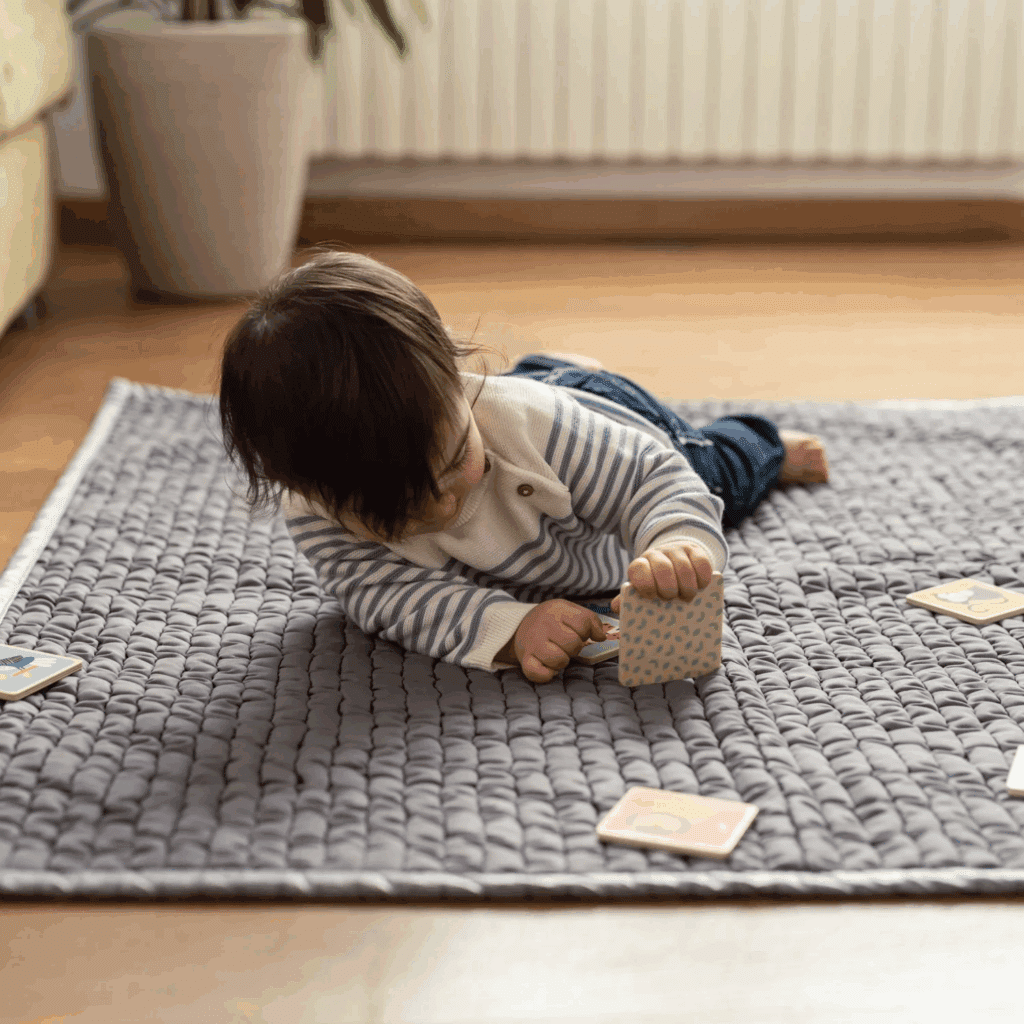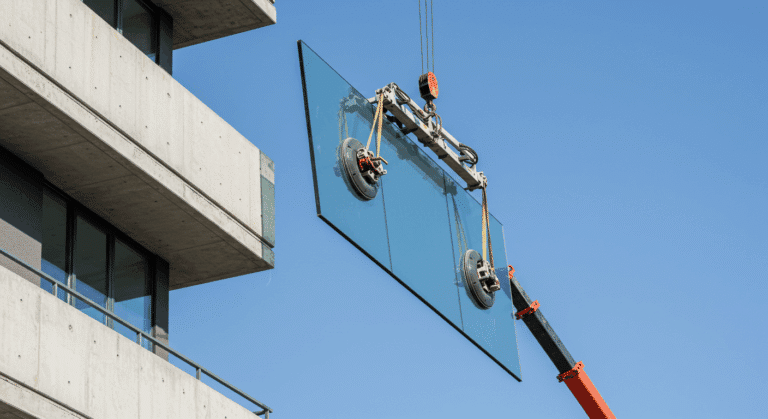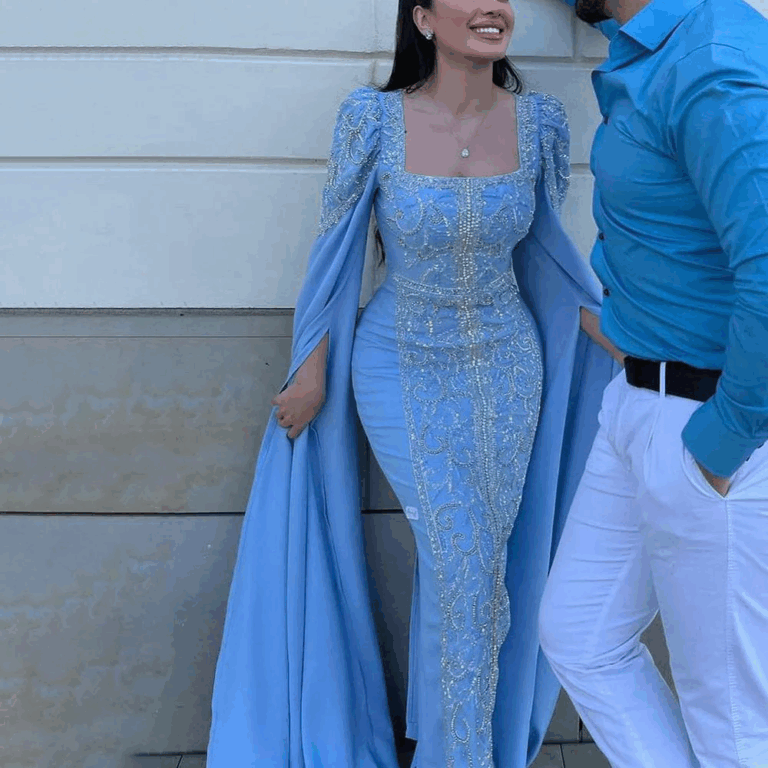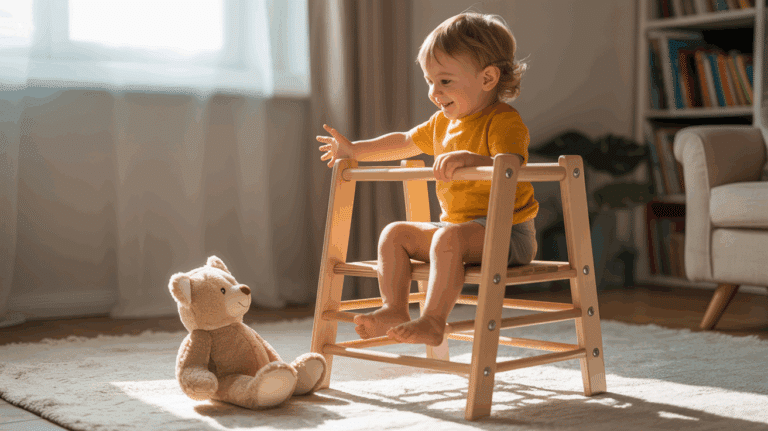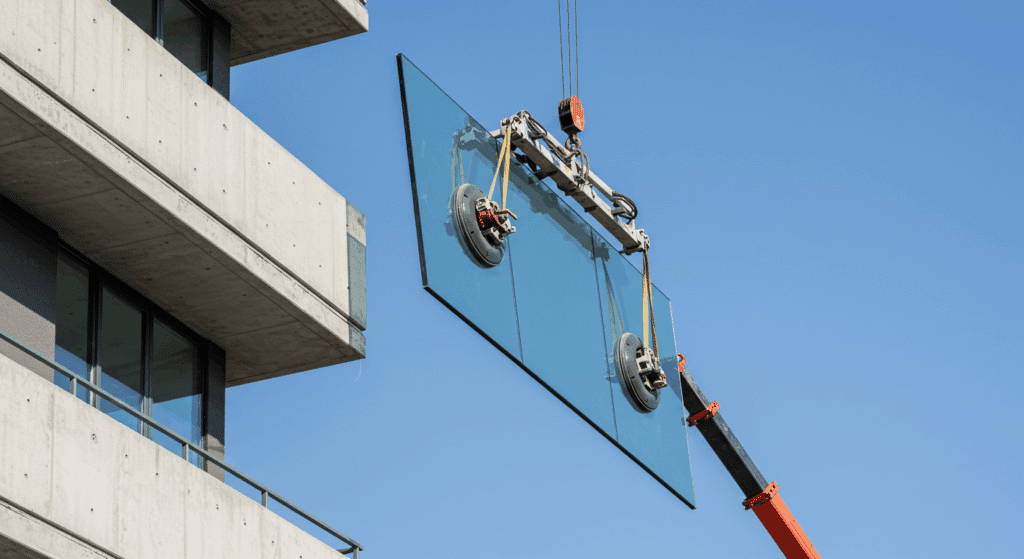The allure of a truly captivating living space often lies in its ability to tell a story—a narrative woven from different eras and sensibilities. This isn’t about simply placing old things next to new; it’s a thoughtful curation, a delicate dance of forms, textures, and histories that culminates in a uniquely personal environment.
Softening the Edges: The Role of Textiles
Textiles play a powerful role in uniting different design styles within a space. They can soften bold contrasts and create a sense of harmony between old and new.
Imagine a cozy knit throw blanket draped over a sleek, modern sofa, or sheer linen curtains bringing a light, airy feel to a room filled with rich, vintage wood furniture. Even a simple slipcover can completely refresh a room—try covering a worn-out sofa with a classic or sectional L-shaped couch cover to instantly breathe new life into your decor.
Laying the Groundwork: A Neutral Canvas
The key to picking the right design is setting up a calm backdrop. Think of your walls and main flooring as the canvas for your design style. A range of neutral colors, like grays, beiges, and off-whites, creates a simple and elegant look.
Picture walls in a soft dove gray, setting the stage for a minimalist sofa with antique wooden side tables. This neutral foundation acts as a unifying force, ensuring that the contrasting styles enhance rather than overwhelm each other.
The Art of Combination: Furniture as Conversation Starters
Once the stage is set, it’s time to start mixing and matching furniture. A lot of modern furniture is simple, with a focus on function and clean lines. Classic pieces, on the other hand, have intricate carvings, rich materials, and a sense of historical weight. The magic happens when these seemingly different worlds collide.
Look at a sleek, low-slung sectional sofa as the modern centerpiece of a room with a beautifully restored vintage writing desk or a set of elegant, high-backed dining chairs. This combination creates an interesting visual tension and adds layers of character that a single style might not have.
Architectural Harmony: Balancing Old and New
Picture a bold, abstract painting that stands out against a backdrop of intricate wainscoting, or a collection of sleek metal sculptures displayed on a well-loved mantelpiece. The way the building’s character and your chosen decorations work together adds depth and history to the space.
The Language of Materials: Texture and Contrast
Modern design often celebrates the cool sophistication of metal, glass, and polished concrete, while classic aesthetics favor the warmth of wood, the gleam of brass, and the timeless elegance of marble. Thoughtfully integrating these contrasting textures can create a rich and engaging sensory experience.
A modern glass-topped coffee table can fit in nicely with a sturdy wooden bookcase, and sleek metal bar stools can be a great addition to a classic marble-topped island. The luxurious feel of velvet juxtaposed with the smooth coolness of leather—both materials can find harmony within a modern-classic setting.
Orchestrating the Flow: Layout and Arrangement
The physical arrangement of your furniture and décor is paramount to achieving a harmonious blend. The space should feel curated, not cluttered. Begin by placing your larger modern pieces—a statement sofa, a contemporary shelving unit—and then layer in the classic accents.
Avoid overwhelming any single area with too many competing styles. If your main seating is very modern, add classic touches with smaller, less obvious elements.
The Personal Narrative: Infusing Your Unique Identity
Incorporating cherished heirlooms, travel souvenirs, and meaningful artwork acts as a powerful bridge between the two styles, infusing the space with personal history and character. These individual touches take the design from just looking good to being a reflection of your own story.
By injecting your narrative into the mix, you create a home that is stylish and also deeply personal and truly one-of-a-kind.
Conclusion: A Timeless and Personal Synthesis
In conclusion, the art of blending modern and classic design is a journey of thoughtful curation and skillful balance.
By establishing a neutral foundation, thoughtfully combining furniture and accents, leveraging the power of textiles and materials, respecting the architectural context, and, most importantly, infusing your personal touch, you can create a living space that transcends trends.
It’s all about creating a space where the modern elegance of today meets the timeless charm of yesterday. The result is a home that’s both stylish and uniquely yours—a perfect example of why thoughtful design never goes out of style.


